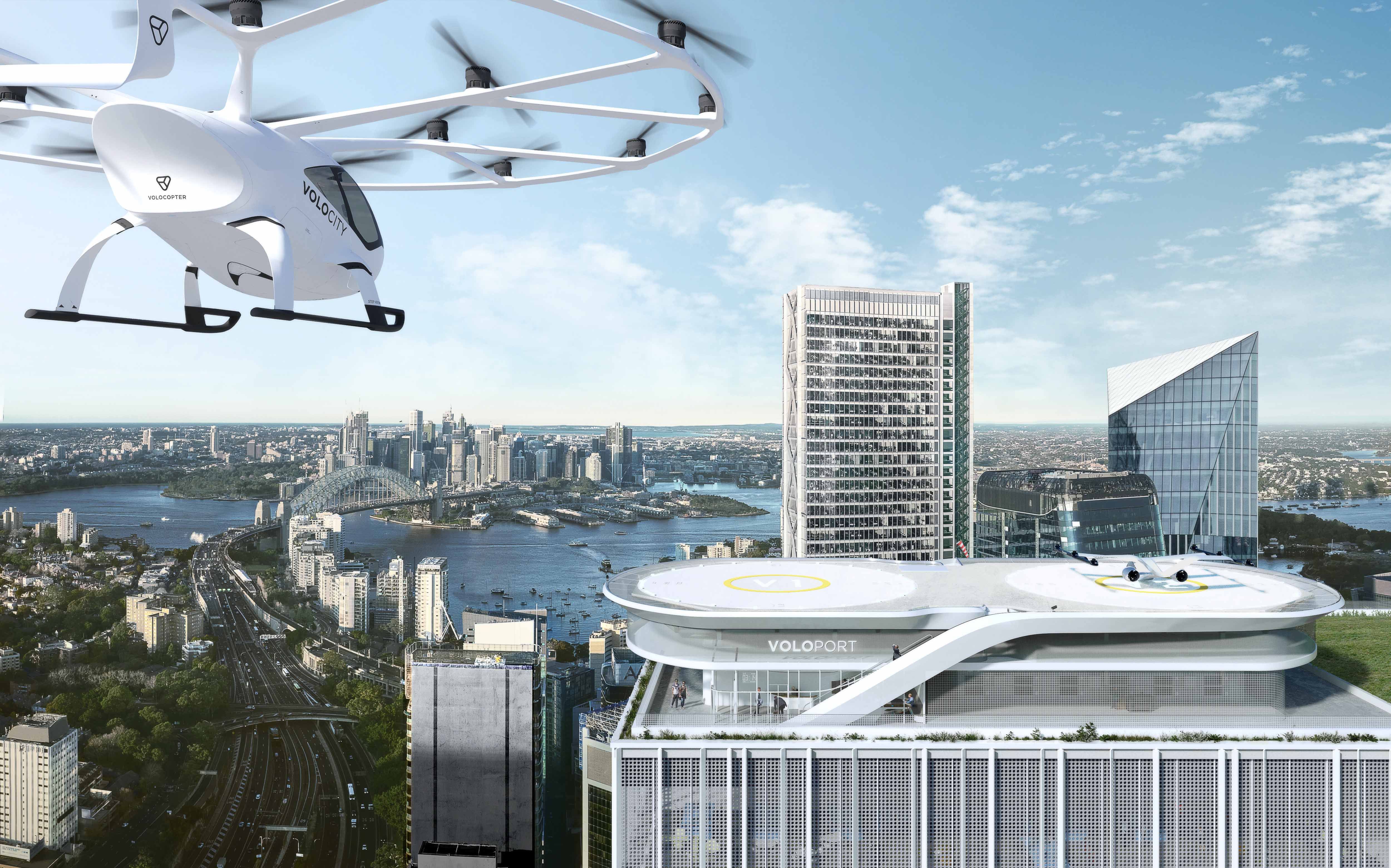
Hyperloop
BackProject type
Infrastructure, mobility, cabin design
Status
Planning
Time
Ongoing
Client
Mode5
Rendering and videos
GRAFT x Mode5
The Hyperloop is a magnetic levitation train system in vacuum tubes that sets new standards for transportation: it is autonomous, on-demand, and has minimal energy requirements. GRAFT is taking the lead for the overall design in the project team that will realize this innovative type of mobility, which is led by Mode5.
The design is based on the traveler's experience and will create a new, pleasant travel experience that begins when entering the stations and continues as you move through the country at breakneck speed. The boundaries of the travel capsule and the vacuum tube are transcended when the digital panorama windows display the real landscape passing by in a real-time transmission.
The GRAFT design will create an equally novel travel experience for this new way of traveling, conveying comfort and expanding boundaries.

The Hyperloop concept is the result of a collaboration between partners with expertise in mobility planning and innovative technology. Under the leadership of mobility pioneers Deutsche Rail Operations DRO and Mode5, planning of a reference route in Germany is underway.
The Hyperloop can improve existing transportation gaps, especially on interregional routes, much faster than conventional planning methods. This is because it benefits from accelerated approval and implementation by using existing traffic corridors, such as freeway medians, for the route.
The Hyperloop interlocks with existing public transport systems in cities and regions through multimodal hubs. Unlike conventional rail, Hyperloop vehicles can join together to form trains and split up again, allowing them to run according to demand.
Small and medium-sized towns along the route will be connected, making them more accessible. This will strengthen their role as residential and business locations and promote regional development.
In addition, the Hyperloop boasts pioneering technical advantages: The Hyperloop can carry up to 20,000 passengers per hour in each direction. It has a cruising speed of up to 500 km/h. Most importantly, it has an extremely low energy requirement for operation, which is 70% less than that of regular express trains. Additionally, solar panels along the route generate more electricity than is consumed. This results in nearly emission-free operation. Overall, the Hyperloop is expected to have operating costs that are at least 80% lower, making it feasible to be funded by private sources.
Learn about the background to the Hyperloop vision with Dieter Michell-Auli from DRO Deutsche Rail Operations GmbH (video in German, automated translation avalaibe via Youtube).
Project partners
Lars Krückeberg, Georg Schmidthals, Wolfram Putz, Sven Fuchs, Thomas Willemeit
Project team
David Greve, Foivos Chalkiopoulos, Tatiana Lebedeva, Timo Vortisch



